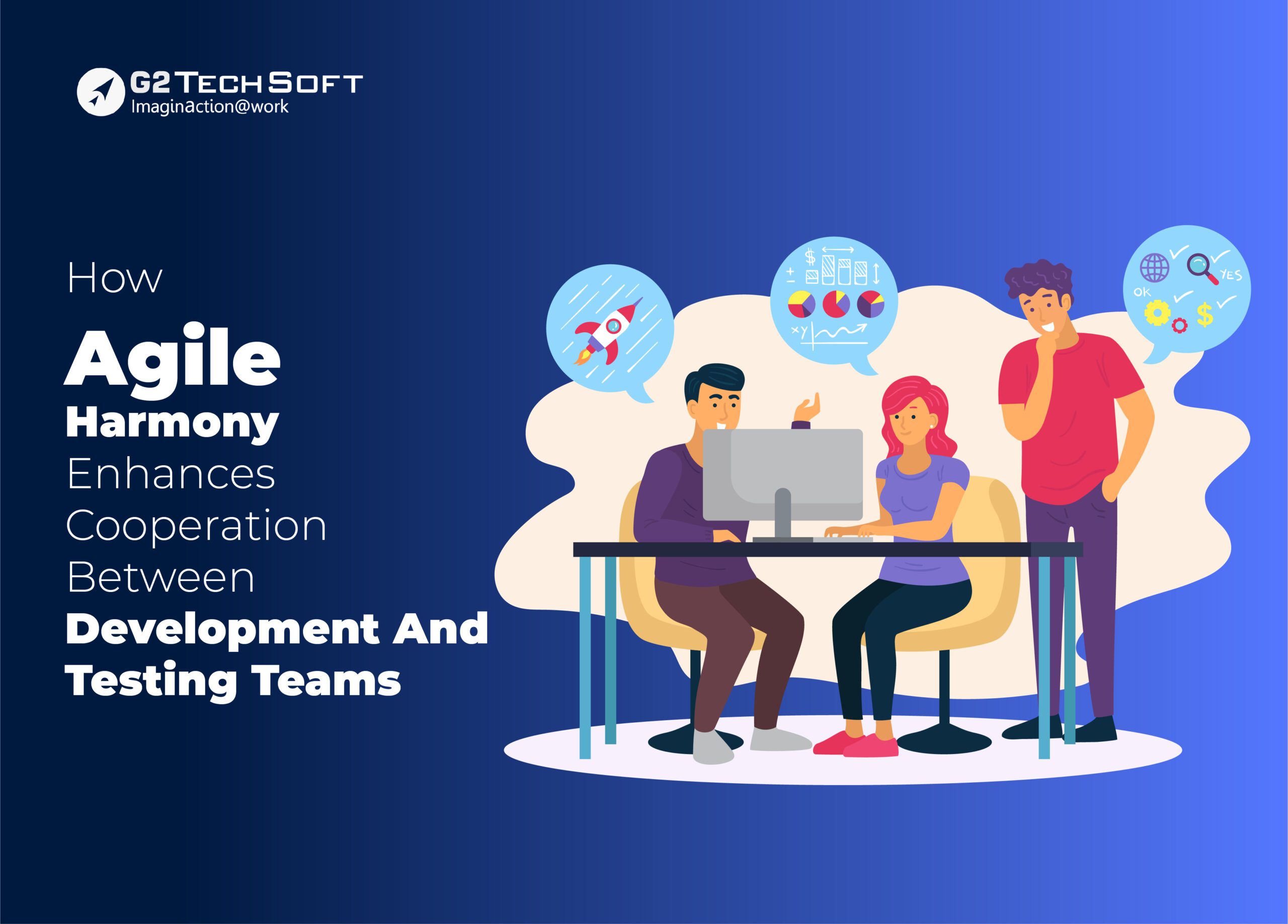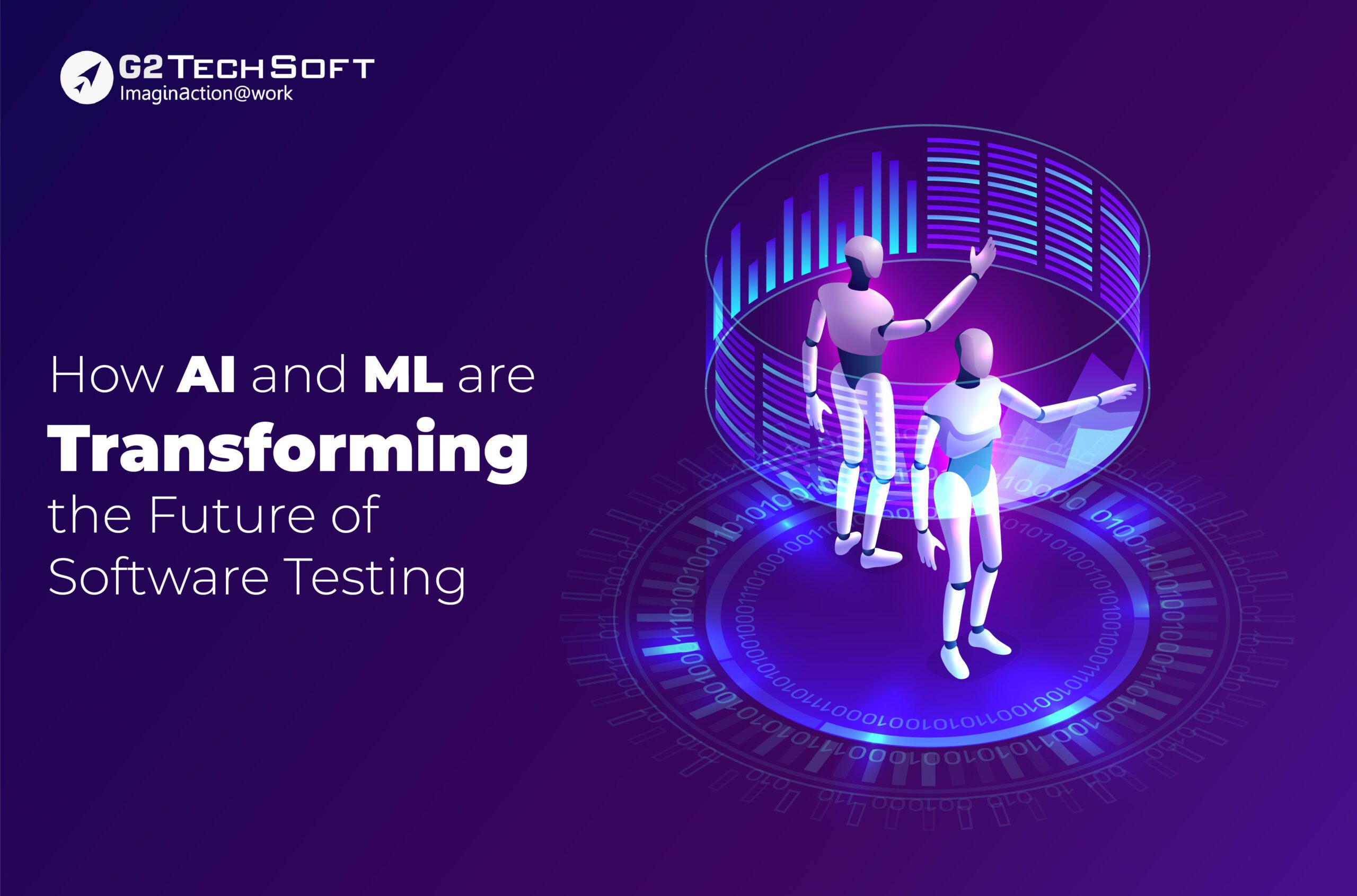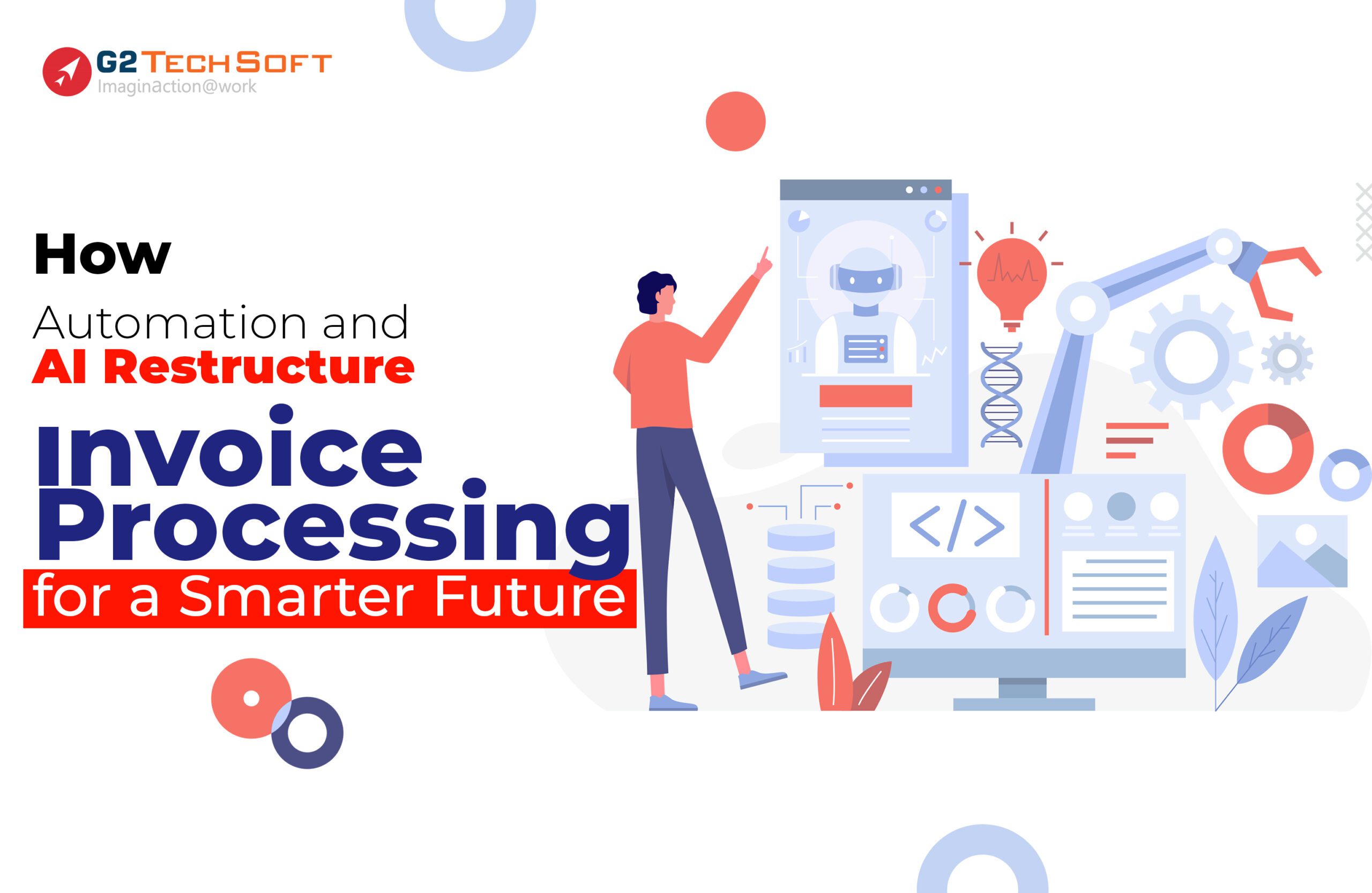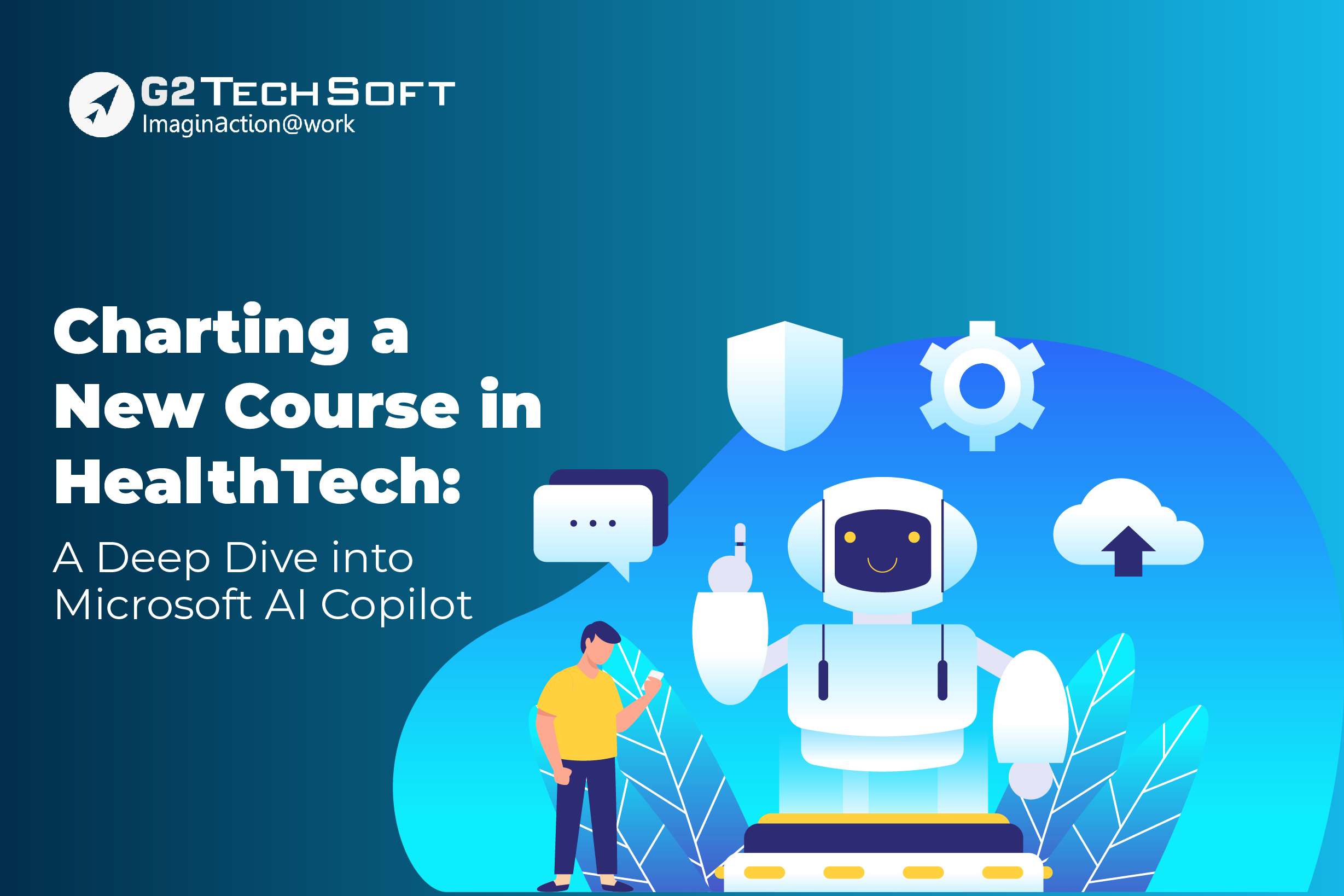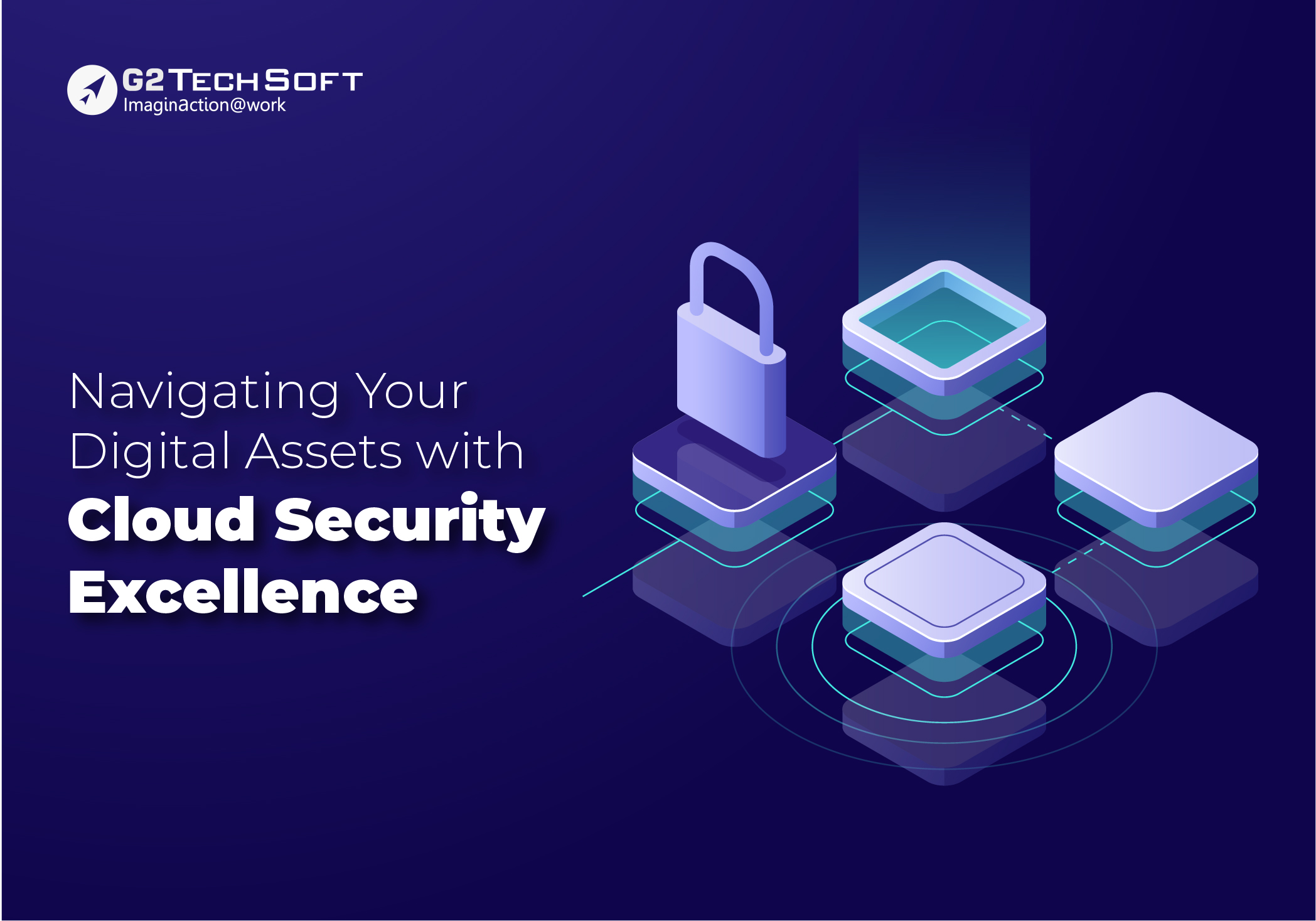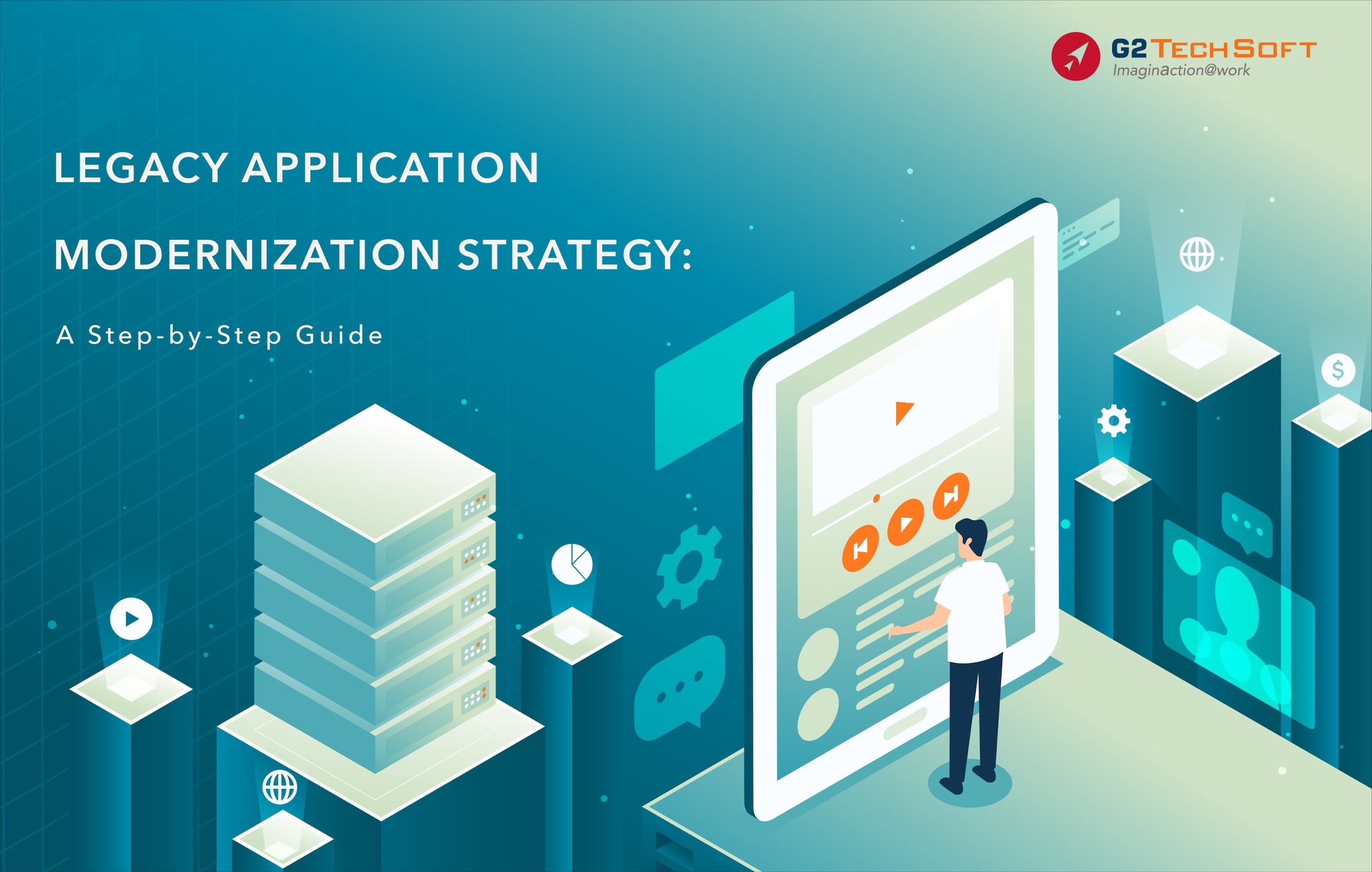
Legacy application modernization is critical for organizations that seek to remain competitive in today’s digital landscape. Unfortunately, up to 75% of legacy system modernization projects fail to be completed successfully. However, by 2022, 70% of all organizations will have accelerated digital technologies to optimize customer experiences, employee productivity, and business resiliency. By embracing legacy app modernization, businesses can streamline operations and infuse greater intelligence across the entire organization. Don’t let outdated technology hold your business back – take the necessary steps to modernize your legacy applications today.
Legacy systems can impede organizational growth and consume significant resources. For instance, studies have shown that legacy systems maintenance can take up to 78% of a bank’s IT budget, while CIOs spend 40-60% of their time managing them. This guide delves into the definition of legacy systems, the importance of legacy application modernization, benefits, and common challenges. It also provides a step-by-step guide that organizations can use to overcome common obstacles on the path to successful modernization. Whether you’re looking to drive digital transformation or streamline operations, this guide is essential for achieving your goals.
| Legacy system effects | Modern system effects |
|---|---|
|
|
Legacy system Explained!
A legacy system is an outdated system that is still in use by an organization. These systems, which may have been developed decades ago, often lack the flexibility and functionality of modern systems. In many cases, legacy systems are still in use because they are critical to an organization’s operations, or because the cost of replacing them is prohibitively high. However, legacy systems can pose significant challenges, such as high maintenance costs, difficulty in integrating with modern systems, and increased security risks. Modernizing legacy systems through legacy application modernization can help organizations overcome these challenges and unlock the full potential of their IT infrastructure.
Legacy systems are a bottleneck to change, preventing organizations from embracing new technologies and services that can help them remain competitive. Without modernizing these systems, businesses can suffer from declining productivity, limited scalability, security vulnerabilities, and higher maintenance costs.
As such, organizations need to consider legacy system modernization as part of their digital transformation initiatives. This will help them to optimize operations, improve business resiliency, and unlock the full potential of their IT infrastructure.
Why Modernizing Legacy Application is important?
Modernizing legacy applications is essential for organizations that want to remain competitive in today’s fast-paced business environment. Here are several reasons why legacy application modernization is so important:
- Enhance Efficiency: Legacy systems often lack the functionality and flexibility of modern systems, which can slow down business processes and hinder productivity. By modernizing legacy applications, organizations can enhance their efficiency, streamline processes, and boost productivity.
- Cost Savings: Legacy systems are often expensive to maintain, and the cost of maintaining them can eat up a significant portion of an organization’s IT budget. Modernizing legacy applications can help organizations save money by reducing maintenance costs and improving system performance.
- Improved Security: Legacy systems are often vulnerable to security threats, which can put an organization’s data at risk. By modernizing legacy applications, organizations can take advantage of modern security features, such as encryption and multi-factor authentication.
- Competitive Edge: By modernizing legacy applications, organizations can gain a competitive edge by taking advantage of the latest technology and improving their business processes.
In summary, modernizing legacy applications can help organizations save money, improve security, enhance efficiency, and gain a competitive edge.
Exploring the Top Approaches to Modernizing Legacy Applications
The key approaches to application modernization are as follows:
- Rehosting: This involves moving existing applications to a new hosting environment, such as the cloud, without any changes to the underlying code. This approach is often used when time and budget are limited.
- Refactoring: This involves making code changes to existing applications to improve their functionality, scalability, and maintainability. Refactoring is often used when an application is still useful but requires updates.
- Replatforming: This involves making code changes and moving applications to a new platform to take advantage of new capabilities. This approach is often used when the current platform is outdated or when new features are needed.
- Rebuilding: This involves rebuilding an application from scratch using modern architecture and design principles. This approach is often used when the current application is outdated and no longer meets business needs.
- Replacement: This involves replacing an existing application with a new one that meets modern business needs. This approach is often used when an existing application is no longer useful or cost-effective to maintain.
Each approach has its advantages and disadvantages, and the best approach depends on the specific needs of the organization.
Revamping Legacy Systems: Top Technologies for Modernizing Applications
Unlocking the benefits of modernization effectively, key technologies are revolutionizing legacy systems. Let’s check out these Top technologies for modernizing applications:
- Cloud Computing: This technology allows applications to be hosted on cloud-based platforms, which can provide greater scalability, flexibility, and cost savings.
- Microservices Architecture: Microservice Architecture approach breaks applications down into small, independent services that can be developed, deployed, and maintained separately, making it easier to modernize and update them.
- Containers & Kubernetes: Containers provide a lightweight and portable way to package applications and their dependencies, making them easier to move between environments and modernize. Kubernetes: Automating Processes for Greater Efficiency.
- APIs: APIs enable different applications to communicate with each other and share data, making it easier to integrate legacy systems with modern ones.
- DevOps: DevOps is a culture and set of practices that emphasize collaboration and automation between development and operations teams, which can help streamline the application modernization process.
- Low-code/No-code Development: These platforms allow developers to create applications without writing code, making it easier and faster to modernize legacy applications.
These technologies can be used in combination to provide a comprehensive approach to modernizing legacy applications.
Key Questions Businesses & IT companies Should Ask Before Planning Application Modernization
In case a business is seeking Legacy Application Modernization service, the majority of business owners will have these questions. How Legacy Application Modernization embraces the business successively. Let’s dive into the mind of business owners:
1. What are the current challenges with the legacy application?
- Slow performance and inability to scale
- High maintenance costs and difficulty in finding qualified personnel to support it
- Integration with modern systems and applications is difficult
2. What are the business goals for modernizing the application?
- Improve customer experience and satisfaction
- Increase operational efficiency and reduce costs
- Enhance data security and compliance
- Stay competitive and keep up with changing technology trends
3. What are the budget and timeline constraints?
- Budget constraints may include the cost of modernization tools, personnel, and potential downtime.
- Timeline constraints may be driven by factors such as market competition, regulatory compliance, and business goals.
4. What are the potential risks and how to mitigate them?
- Risks include data loss, application downtime, and unexpected costs.
- Risk mitigation strategies include conducting a thorough assessment, developing a comprehensive modernization plan, and engaging stakeholders throughout the process.
5. What are the success metrics for the modernization project?
- Success metrics may include increased application performance, reduced maintenance costs, improved data security, and enhanced customer satisfaction.
- Other success metrics may include reduced application downtime, faster time-to-market, and increased revenue.
In case an IT company is seeking Legacy Application Modernization service, the majority of IT companies will have these questions. How Legacy Application Modernization embraces IT efficiency without any hassle. Let’s dive into the mind of IT companies:
1. What is the current state of the legacy application?
- Understanding the current state of the legacy application is important to determine the scope of the modernization effort. This includes the application’s features, performance, scalability, maintainability, and user experience.
2. What are the technical and architectural constraints of the legacy application?
- Technical and architectural constraints include the programming language, framework, database, and infrastructure used by the legacy application. These constraints should be identified and evaluated to determine how they will impact the modernization effort.
3. What is the existing technology stack, and how can modern technologies be integrated into it?
- Understanding the existing technology stack is important to identify areas where modern technologies can be integrated. This includes evaluating the existing infrastructure, databases, programming languages, and frameworks to identify areas for improvement and potential integration.
4. What are the risks associated with the modernization project, and how can they be mitigated?
- Risks associated with modernization include data loss, application downtime, and unexpected costs. To mitigate these risks, a thorough assessment should be conducted, and a comprehensive modernization plan should be developed. The project should also involve regular communication with stakeholders and ongoing monitoring and evaluation of the project’s progress.
5. What are the necessary resources and skill sets required for the modernization project?
- Modernization projects require a team with a diverse set of skills, including expertise in legacy systems, modern technologies, software development, project management, and business analysis. The resources needed for the project may include hardware, software, and personnel. It is important to identify and secure these resources before beginning the project.
Key Takeaway
The key takeaway for App Modernization, the Agile Way is that leveraging Agile methodology for legacy app modernization can result in significant benefits for businesses, including improved productivity, reduced costs, enhanced security, and a better user experience. Choosing the right technology solutions provider, such as G2 TechSoft, can help organizations navigate the modernization process with greater ease and success. With expertise in various modern technologies and Agile methodology, G2 TechSoft can provide end-to-end app modernization solutions that deliver value at every stage of the process. By partnering with a trusted provider like G2 TechSoft, organizations can ensure a smooth and efficient modernization process that meets their specific needs and goals.
